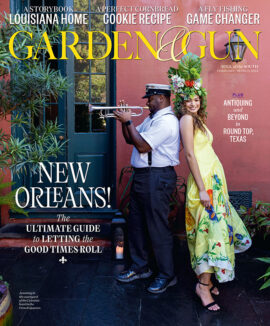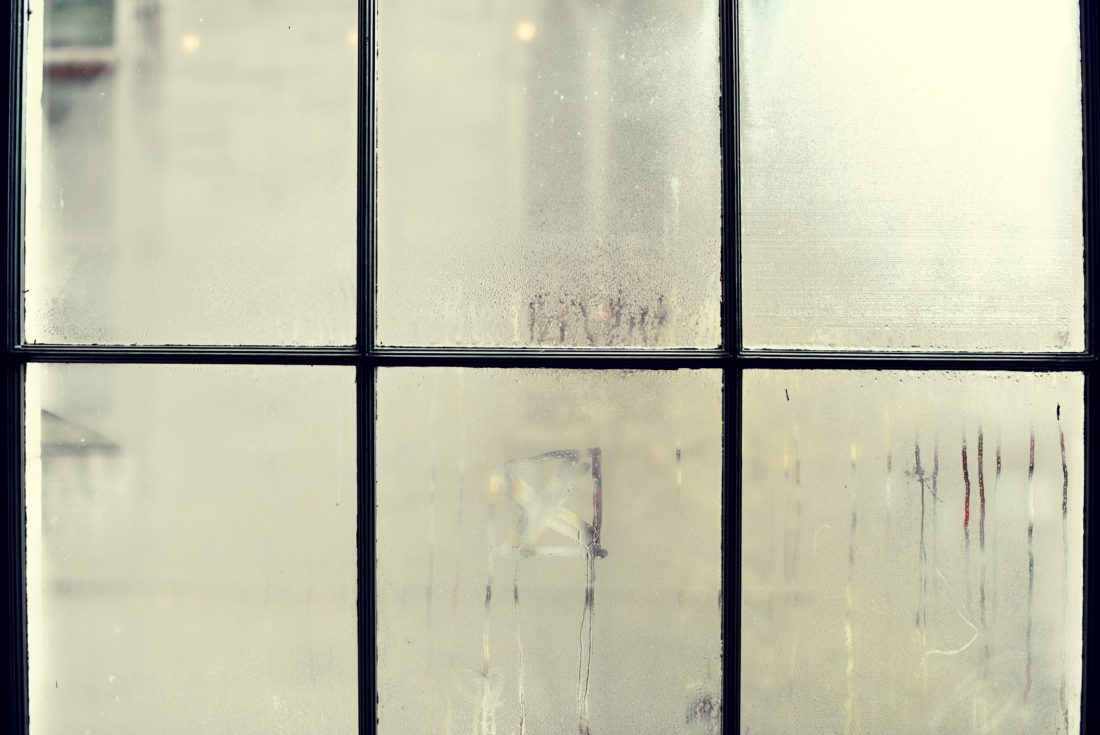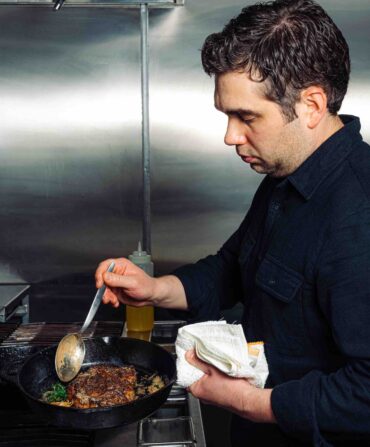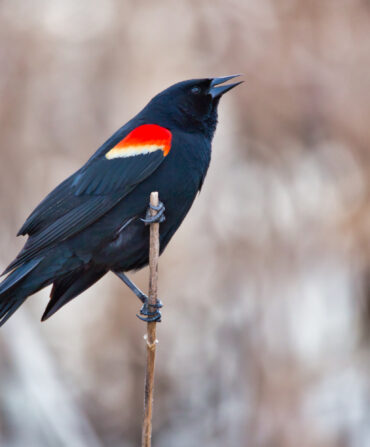Editor’s note: The following is an excerpt from the G&G book S Is for Southern: A Guide to the South, from Absinthe to Zydeco. A compendium of Southern life and culture, the book contains nearly five hundred entries spanning every letter of the alphabet.
If fish had a literature, you wouldn’t find the word water there, and in classic Southern fiction you won’t find humidity. It’s just assumed. What you will find is sweat. Not just atmospheric sweat, but sweat as the outward and visible sign of lust, fear, oppression, shame—all the eternal verities that people try to hide. Eudora Welty: “Sweat in the airless room, in the bed, rose and seemed to weaken and unstick the newspapered walls like steam from a kettle.” Tennessee Williams: “Your husband sweats more than any man I know and now I understand why.” In William Faulkner we find sweat like blood and sweat like tears; “sweet, sharp” horse sweat and “the ammonia-reek” of mule sweat; proprietary sweat, “to bind for life them who made the cotton to the land their sweat fell on.” And in “Dry September,” a story about a lynching, unnatural sweat: “Where their bodies touched one another they seemed to sweat dryly, for no more moisture came.”
Near warm water like the Gulf Stream and the Gulf of Mexico, hot air holds more water, or anyway more of the gases that are close to combining into water. Something like that. Let’s just say this: when you sweat into Southern air, it is already close to sopping. The 100-plus temperatures of, say, Arizona, may sound hot, Southerners will say, dismissively or wistfully, “but it’s that dry heat.” Some will maintain that humidity makes heat more bearable, because it brings out the sweat. But no. In Welty’s story “No Place for You, My Love,” a would-be-adulterous couple are “bathed in sweat and feeling the false coolness that brings.” What truly cools is rapid evaporation of sweat, not sweat that flows and lingers. Humidity makes sweat stick.
Which works not only in literature but in music. Louis Armstrong’s brow-mopping handkerchief was as much a trademark as his smile. James Brown was not only the hardest-working but the hardest-sweating man in show business. Muddy Waters paid this tribute to Howlin’ Wolf: “Some singers they’s cool . . . they too nice to sweat! But Howling Wolf now he works. He puts everything he’s got into his blues. And when he’s finished, man, he’s sweatin’. Feel my shirt, it’s soaked ain’t it? When Wolf finishes, his jacket’s like my shirt.”
Some of the grit of early blues recordings may derive directly from humidity. When RCA Victor was in New Orleans recording Rabbit Brown, a street guitarist and singer (he would also charge to row you out into Lake Pontchartrain, serenading as he rowed), for a 1928 album, the heat and humidity shorted some microphones out and made others sizzle and hum so much, they had to be packed in ice before use.
The old saying, of course, is that Southern ladies don’t sweat or even perspire, they glow. But in A Streetcar Named Desire, Blanche DuBois reassures her feckless suitor (a type that in Tennessee Williams always sweats heavily), that “perspiration is healthy. If people didn’t perspire they would die in five minutes.” Think of all the Southern things connected with humidity: porches, juleps, seersucker, halter tops, the blessed sweetness of a breeze, levees, powder, oppressive closeness, rot, the expression “freshen up,” crawfish, mosquitoes, fever, high ceilings, and heat that thickens, that casts a sheen, that comes in waves, that picks colors out of the air like a prism. Humidity humanizes the air, drawing out pheromones, bacteria, semidigested gravy, bacteria, gossip—the funk of what people breathe of each other. Today air-conditioning drastically limits the impact of humidity. So we’re all more comfortable. And what we get in the way of cutting-edge culture is Sweating Bullets, a book about the invention of PowerPoint.
S Is for Southern is available at Amazon, Fieldshop, IndieBound, and in bookstores everywhere.








